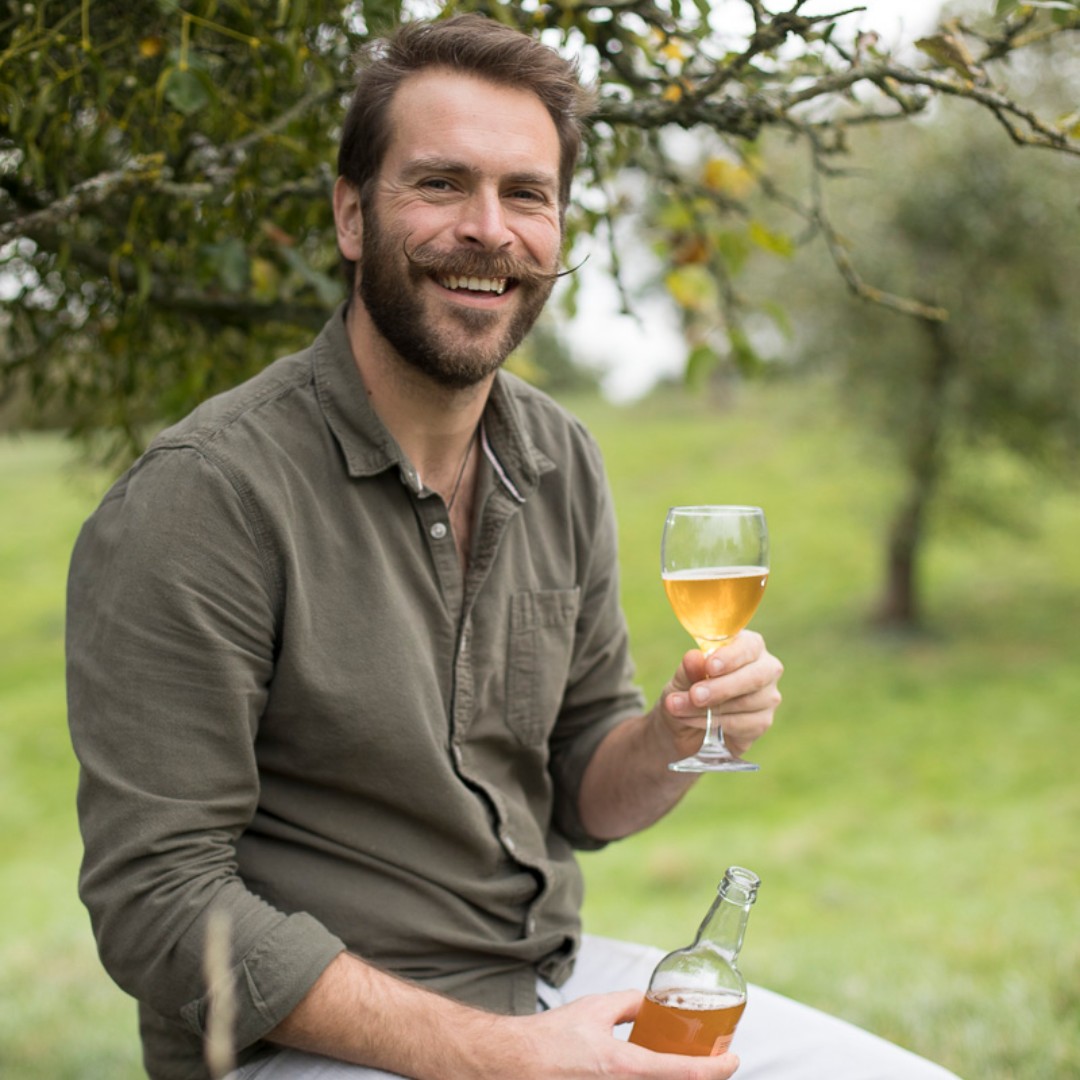Learn & Discover
Learn & Discover
How cider is made: III
Fermentation & Maturation
It’s so easy to enjoy cider and perry it can be easy to forget just how much hard work and magic go into our favourite drinks. With a little knowledge and armed with some fascinating new facts you can start to hone your appreciation of cider and perry to the next level.
In the third installment of his series on how cider is made Gabe Cook invites us to join him in exploring the funky and fascinating art and science of cider fermentation and maturation.
How cider is made: III
Fermentation & Maturation
Start to hone your appreciation of cider and perry to the next level with a little knowledge and some fascinating new facts. In this third installment of his series on how cider is made Gabe Cook invites us to join him in exploring the funky and fascinating art and science of cider fermentation and maturation.
Transforming juice into cider
Whether a cider maker is a multinational behemoth, an established family producer or a small-scale hobbyist, they will now all be faced with the exact same question – how to transform their juice into cider. It seems an obvious question – fermentation is the answer – but it’s not quite as simple as that. There are many options and considerations at the cider maker’s disposal at this point, and, following on from the selection of apple variety, the decisions made here will have significant determination on the overall style of cider that is produced.
The first decision is what vessel to ferment the cider in. Cider Makers tend to use neutral vessels for fermentation – stainless steel, fibreglass, HDPE plastic etc, older wooden barrels. This environment allows the innate characters of the apples (and pears), in conjunction with the yeast profile(s), to shine through.
Transforming juice into cider
Whether a cider maker is a multinational behemoth, an established family producer or a small-scale hobbyist, they will now all be faced with the exact same question – how to transform their juice into cider. It seems an obvious question – fermentation is the answer – but it’s not quite as simple as that. There are many options and considerations at the cider maker’s disposal at this point, and, following on from the selection of apple variety, the decisions made here will have significant determination on the overall style of cider that is produced.
The first decision is what vessel to ferment the cider in. Cider Makers tend to use neutral vessels for fermentation – stainless steel, fibreglass, HDPE plastic etc, older wooden barrels. This environment allows the innate characters of the apples (and pears), in conjunction with the yeast profile(s), to shine through.
Yeast I
The second decision is: does the cider maker utilise a selected yeast or rely upon the range of wild yeasts to undertake fermentation? The answer to this question is a fundamental one, frequently based upon core ideology and is often indicative of more than simply the desired flavour and aromatic profile.
The vast majority of cider made all around the world will be made utilising a selected yeast strain. For decades, specific, natural yeasts have been identified as having certain desired properties for wine and cider fermentation and have been isolated and propagated into a freeze-dried format available for purchase.
A cider maker will use a selected yeast because they want to exert some semblance of control over the fermentation and/or because there is a specific character that the yeast facilitates. The main genus of yeasts that undertake most baking, brewing and fermenting around the world are called Saccharomyces yeasts. The vast majority of the volume of cider made all over the world will be undertaken with a ‘Champagne’ type yeast – Saccharomyces cerevisiae – designed to convert fruit sugars into alcohol with minimal fuss and minimal flavour impact but with great consistency, crucial for any producer of scale.




